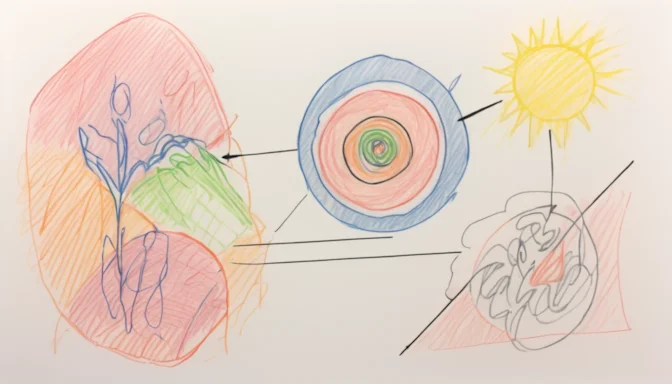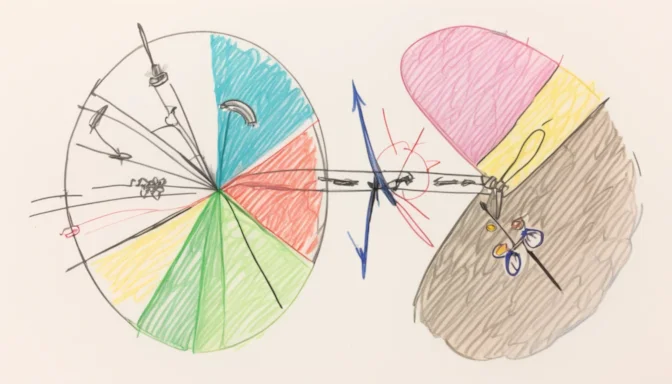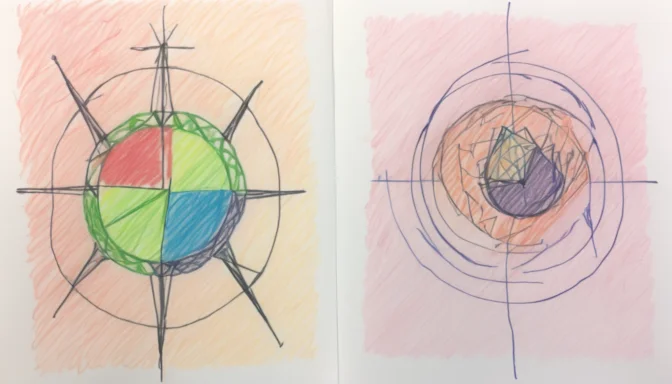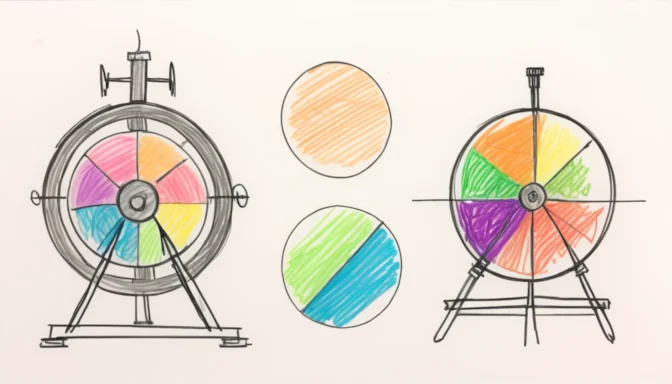What is Content Spinning?

Content spinning, also known as article spinning, is a black hat SEO technique where a single piece of content is rewritten multiple times, often using specialized software. The end result is usually of poor quality and offers little value to the reader.
Example of Article Spinning

For instance, the sentence 'The cat walked into the house' might be spun into 'The feline strolled into the home' or 'The kitty wandered into the shelter.' This is done through a system known as 'spintax,' which instructs the software on word replacements.
How Content Spinning Works

Content spinning operates by swapping specific words, phrases, or even entire paragraphs with alternate versions. This can be done manually or automatically, providing a slightly different version of the content each time it is spun.
Is Content Spinning Legal?

Article spinning can be problematic both ethically and legally, especially if it results in copyright infringement. As such, it is advisable to avoid using AI-based paraphrasing tools that may produce spun content.
Spinning in Media and Public Relations

Spinning is also a term used in public relations and politics, where it represents a biased interpretation of events to influence public opinion. While different from content spinning, both involve manipulative communication techniques.
Spinning vs Rewriting Articles

Unlike article rewriting, which is a one-time alteration of content, spinning involves generating multiple versions of the same content. Rewriting aims to enhance the original material, while spinning usually results in poorer quality.
How to Detect Spun Articles

Advanced machine learning and statistical techniques can be used to detect the unique writing style of article spinners. Google is increasingly adept at identifying spun content through term frequency counts and thesaurus-based term reduction.
 E-Commerceo
E-Commerceo
